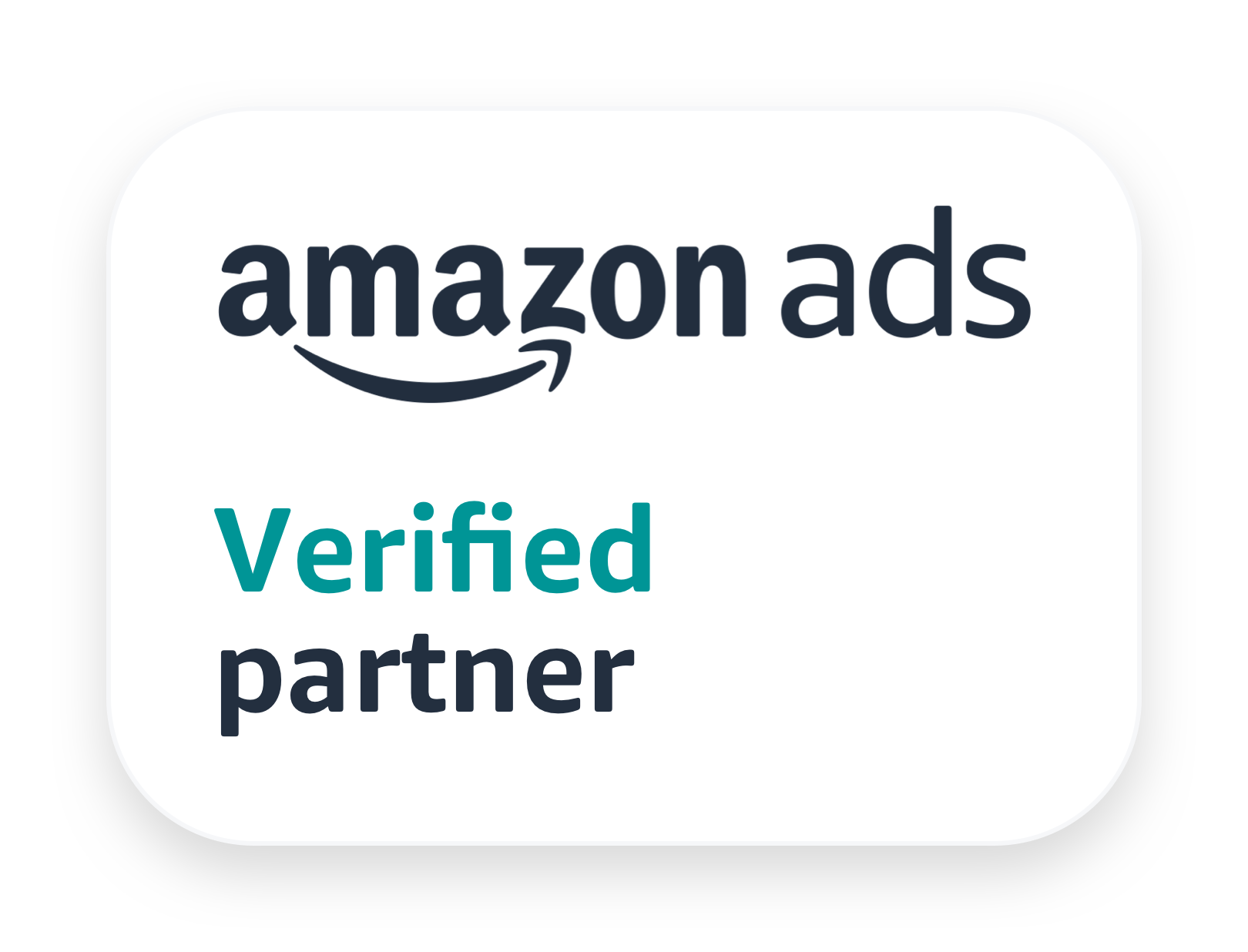Amazon FBA Wholesale: A Comprehensive Guide for Beginners
February 28, 2024
.jpg)
Complicated, time-consuming, expensive? Getting started with Amazon FBA wholesale can seem like a daunting task for beginners - but it doesn’t have to be! With a solid approach and extensive understanding, it can actually become a lucrative aspect of your e-commerce strategy - provided that you get it right. So, if you're keen to dive into the world of Amazon FBA wholesale, this guide is designed to walk you through the essential steps, offering insights and strategies needed to thrive in the e-commerce wholesale business. Let’s dive in!
What is Amazon FBA Wholesale?
Put simply, Amazon FBA wholesale involves purchasing products in bulk from manufacturers or distributors at a discounted rate, and then selling those products on Amazon under the Fulfillment by Amazon (FBA) program. Selling with FBA (as opposed to FBM) means that Amazon stocks, wraps, and ships your product when purchased, allowing you to leverage Amazon's vast customer base and logistics prowess, and ultimately enables a streamlined process from stocking to shipping. If you’re looking to scale your e-commerce business with less direct involvement in the logistics, Amazon FBA wholesale might be the perfect model for you.
Pros and Cons of Amazon FBA Wholesale
Before diving into the Amazon FBA wholesale model, it’s key to first weigh its advantages and disadvantages. The benefits of using FBA include access to Amazon's prime customer base, ease of scaling, and not having to handle fulfillment logistics yourself. On the flip side, it involves navigating tight profit margins, dealing with competition, and managing relationships with suppliers. Understanding these aspects is key to determining whether this model aligns with your business goals.
Researching and Identifying Profitable Niches
So, how can you make this model work? Firstly, success in Amazon FBA wholesale begins with identifying profitable niches; this step requires thorough market research to understand customer demand, competition levels, and potential profitability. Tools and resources available through Amazon, alongside external market research tools, can provide valuable insights into trending products and niches with high demand and low competition. When you pinpoint a niche that aligns with your interests and business objectives, you set a solid foundation for your wholesale venture. If you’re not sure where to begin or how to get the process done right, you can always partner with an Amazon agency like us who can help you manage product and keyword research, advertising, and marketing.
Setting Up Your Amazon FBA Wholesale Account
To start selling wholesale products on Amazon FBA, you’ll first need to set up your seller account correctly; this involves choosing between an individual or professional seller account based on the volume of sales you anticipate and the level of access to selling tools you require. It’s also important to familiarize yourself with the specific requirements and fees associated with Amazon FBA, ensuring that you’re fully prepared to manage your account effectively. For those navigating the differences between FBA and FBM, gaining a comprehensive understanding of Amazon FBA vs. FBM can be incredibly beneficial during this process.
Finding and Approaching Wholesale Suppliers
Next, you need to think about your products, and this means identifying and building relationships with reliable wholesale suppliers. This also involves researching manufacturers and distributors who offer products within your chosen niche at competitive prices, making sure to approach potential suppliers with a professional and prepared mindset. Establishing strong relationships with suppliers can ensure a steady supply of products and potentially negotiate better prices as your business grows, so it’s essential to get this step right.
Creating Wholesale Product Listings on Amazon
Once you've sourced your products, the next step is to create compelling product listings on Amazon. A well-crafted listing can significantly impact your product's visibility and appeal to potential buyers, so you’ll want to ensure that your product titles are clear and incorporate relevant keywords, your descriptions provide detailed information about the benefits and features of your products, and your images are high-quality and showcase your products from multiple angles. Additionally, leveraging Amazon's A+ Content feature can further enhance your listings by allowing you to add branded narratives, enhanced images, and comparison charts.
Managing Inventory and Fulfillment
Next up is the logistics aspect: effective inventory management is key to avoiding stockouts and overstocking, both of which can negatively affect your Amazon seller performance metrics. Utilize Amazon’s inventory management tools to keep track of your stock levels, and consider implementing inventory forecasting methods to anticipate demand, especially during peak seasons. While Amazon does take care of the storage, picking, packing, and shipping of your products with an FBA model, it's still your responsibility to ensure that Amazon's fulfillment centers are adequately stocked with your products.
Pricing Strategies for Amazon FBA Wholesale
Developing a competitive pricing strategy is essential for success in the Amazon FBA wholesale market, especially in 2024 as consumers tighten their belts to manage the cost-of-living crisis. To simplify things, you could consider using Amazon’s automated pricing tools to adjust your prices in response to changes in the marketplace. Remember that your pricing strategy should account for Amazon FBA fees, shipping costs, and any other expenses, while also ensuring your prices are competitive.
Scaling Your Amazon FBA Wholesale Business
Finally, as your Amazon FBA wholesale business grows, consider expanding your product range, entering new markets, or leveraging additional Amazon programs like Amazon Brand Registry to protect your brand and create a more compelling brand story.
Scaling your business may also involve optimizing your supply chain, negotiating better terms with suppliers, or investing in advanced marketing strategies - but if you’re able to get the process done right, you could end up with a booming, best-selling storefront on the most-visited e-commerce platform in the world.



.jpg)

